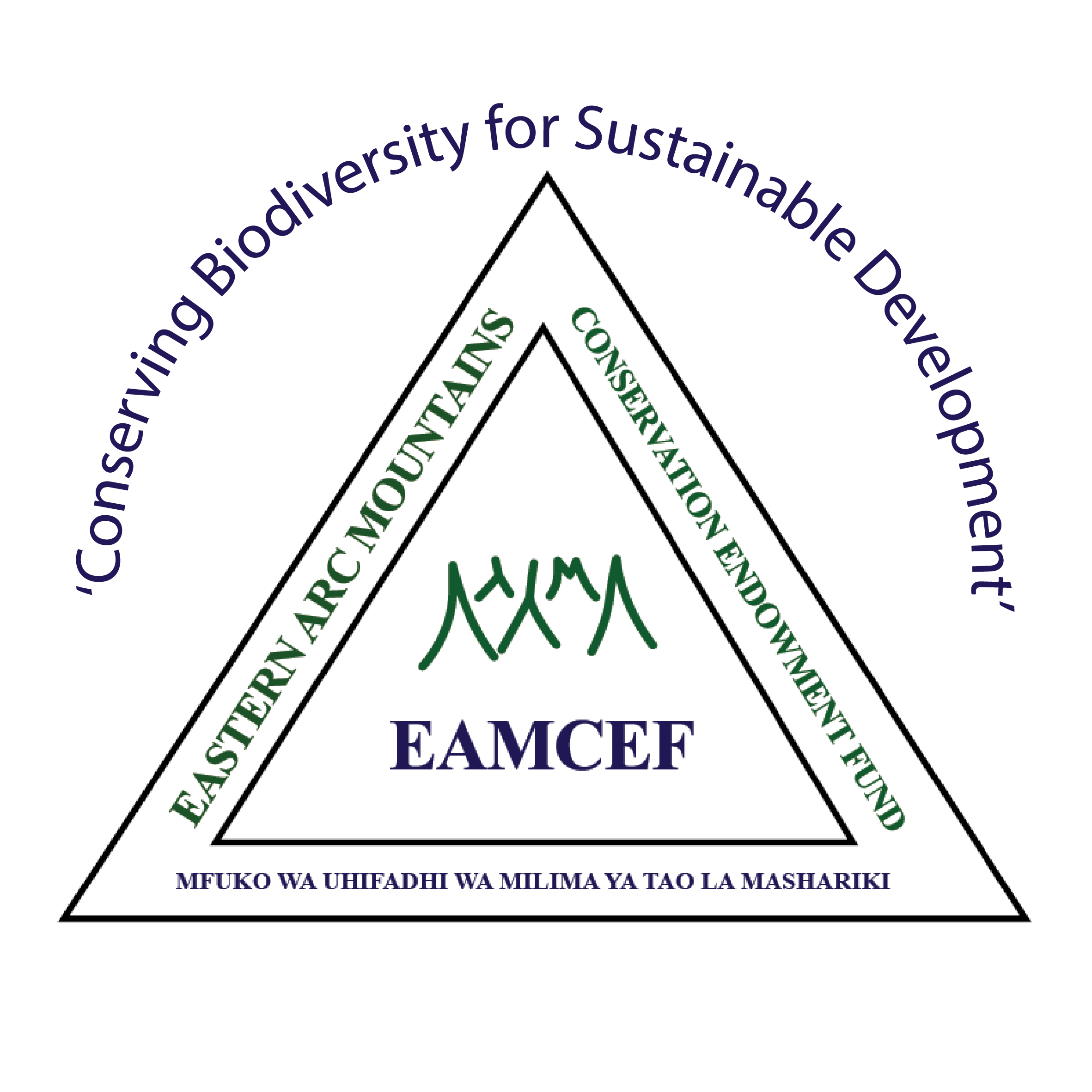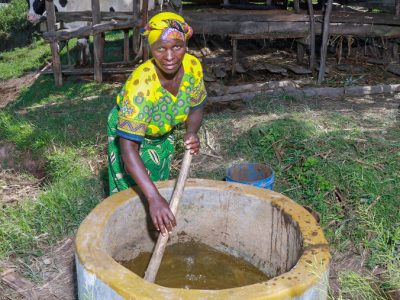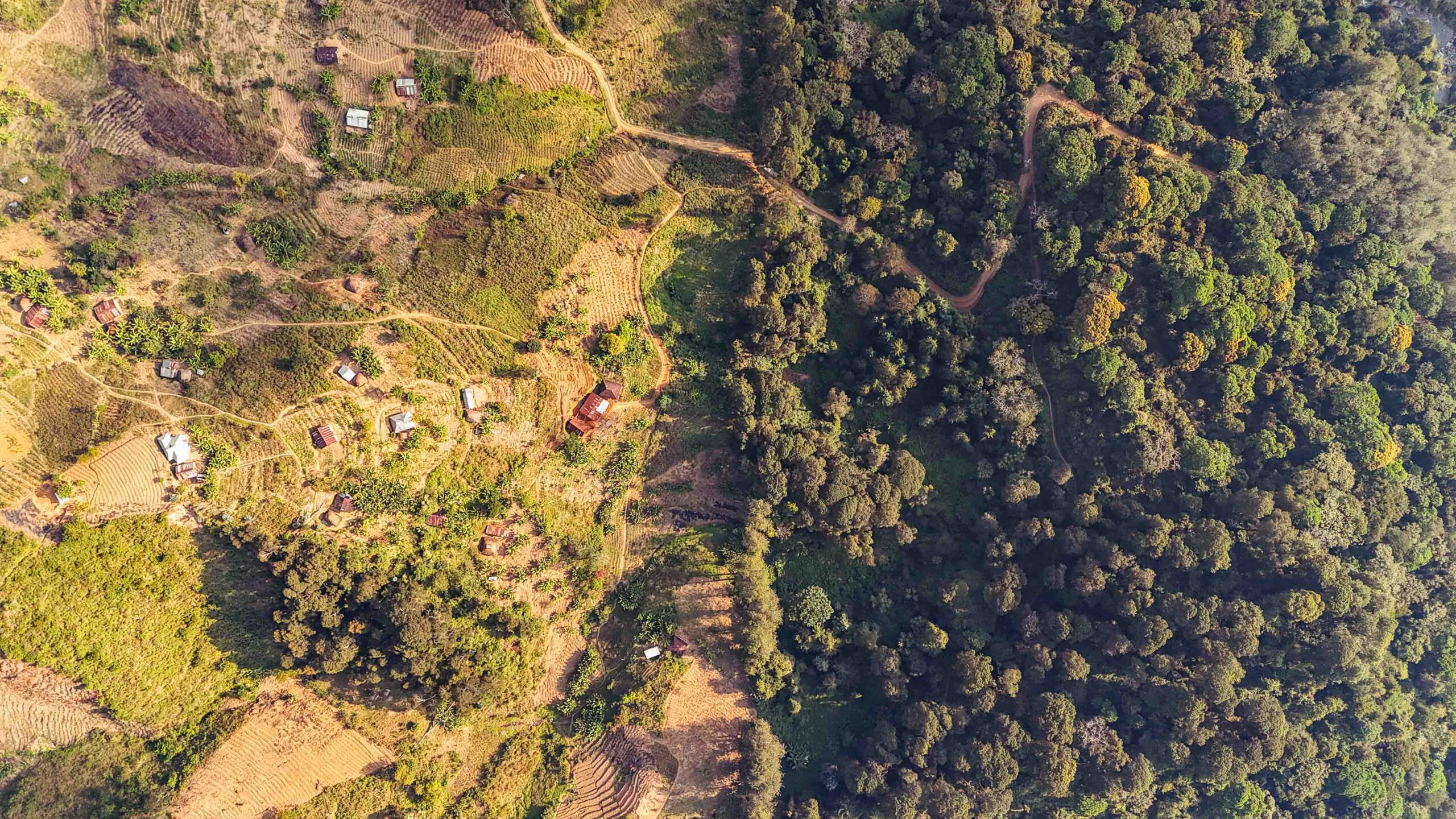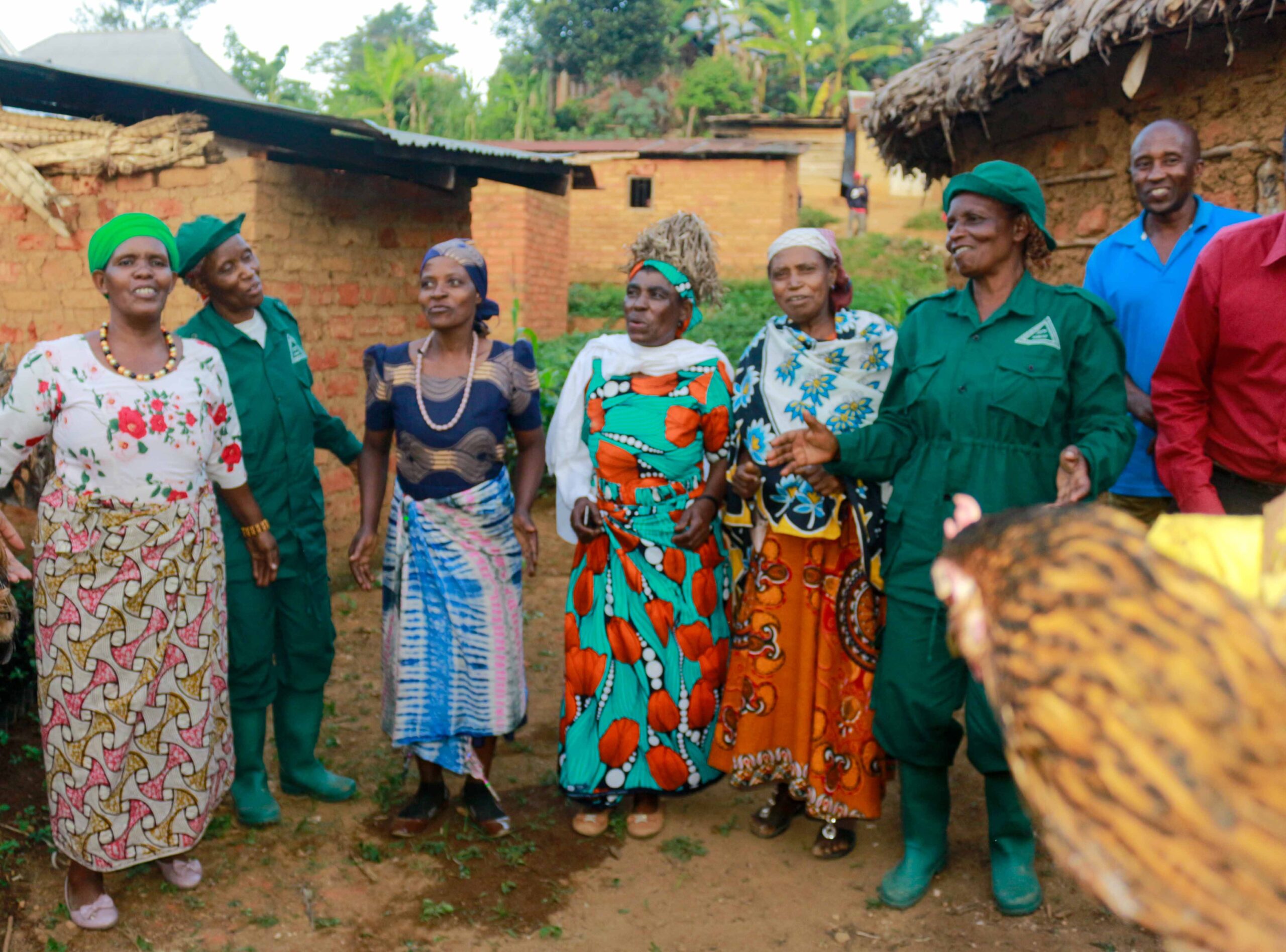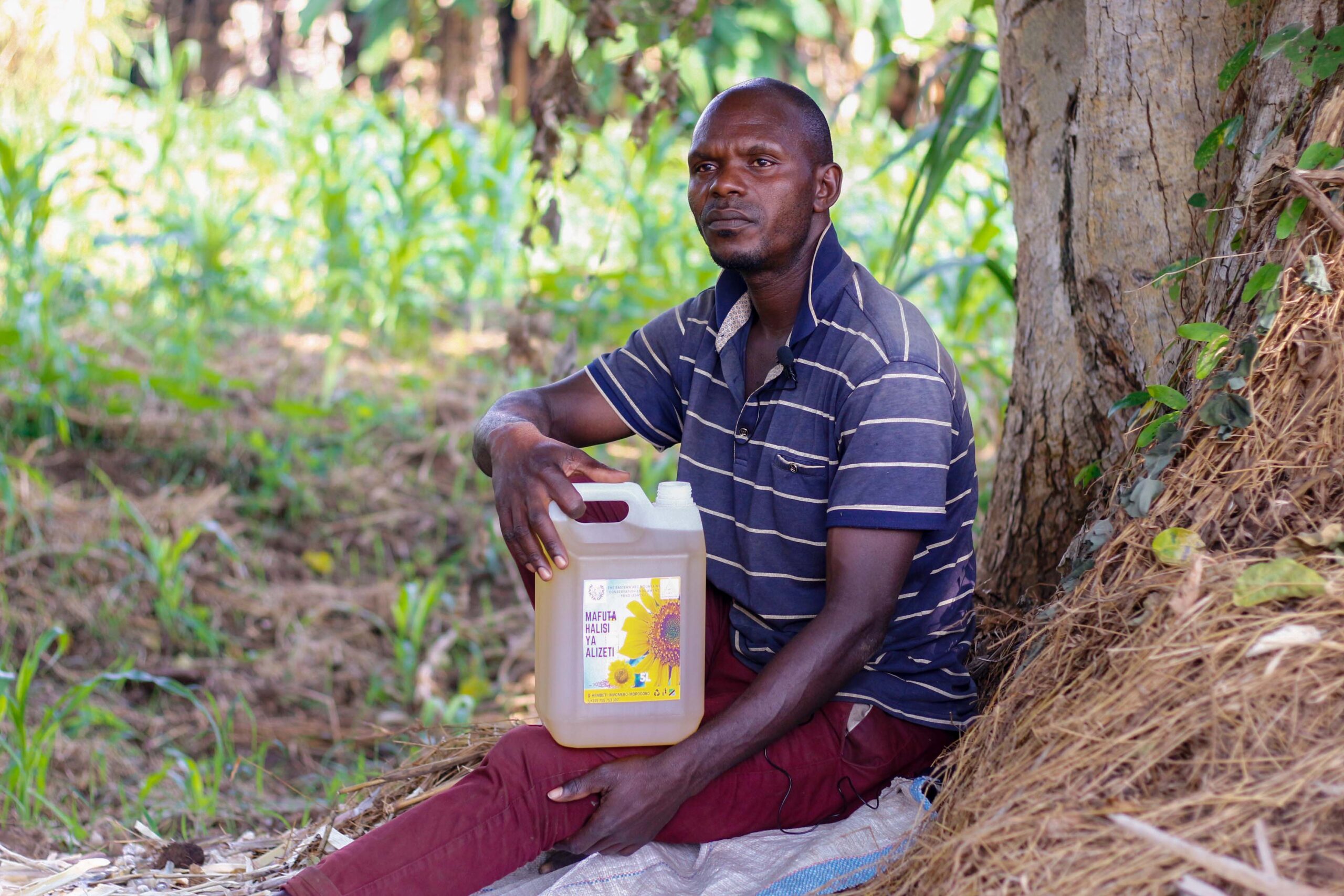Ecotourism infrastructure in the Eastern Arc Mountains has been significantly improved thanks to the efforts…

Hearing of a forest conservation project one thinks of key actions such as forest patrols, boundary clearing and forest management plans. Agatha Kipingi and her colleagues forming the dairy cow keeping group in Idegenda Village (Kilolo District) tells their story on how (through) dairy cow keeping supported by EAMCEF has changed their lives and avoided heavy dependency on forests for household income.
Our group consisting of 25 people was formed in 2013 during the Village Assembly meeting when EAMCEF arrived in our village. we received trainings on dairy cow keeping and construction of proper shelters for the cows. EAMCEF gave us 9 cows and 1 bull to start the project, as a group we now [2017] have 23 animals in total.
In my house we managed to install a small biogas feeder that utilizes animal dung to generate energy for cooking. I bought a stove and constructed a good kitchen. In the past, I used to spend hours and hours – up to six hours in the forests fetching for firewood. With biogas, I use the ‘saved’ hours to attend my cows and my farm. I no longer go to the forest as it used to be, but I also enjoy my new smokefree kitchen, and my husband is now comfortable to join me while cooking. The new kitchen has reduced up to 75% firewood consumption thereby reducing pressure on surrounding forests. If all households in Idegenda Village keep cow and switch to biogas…our surrounding forests [The Uzungwa Scrap Nature Reserve] will forever remain intact”
